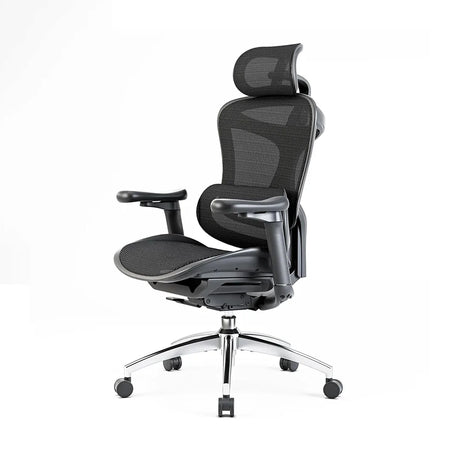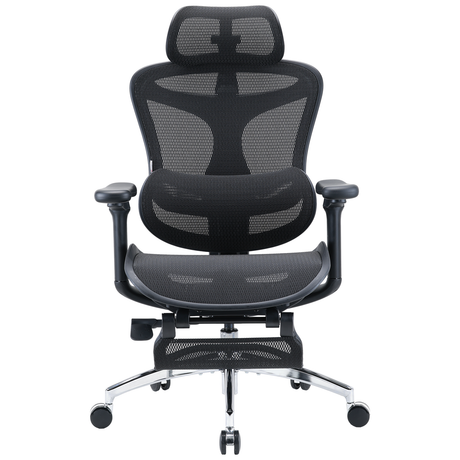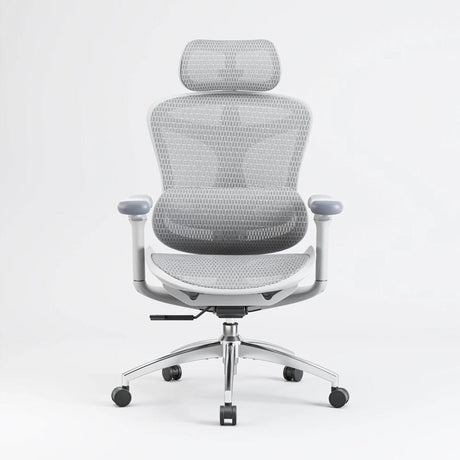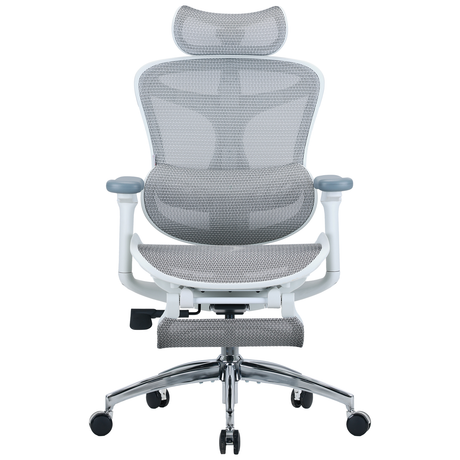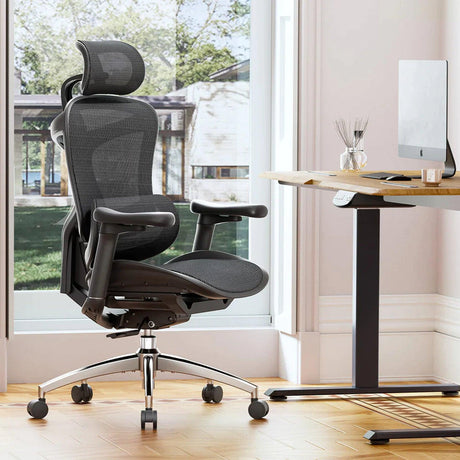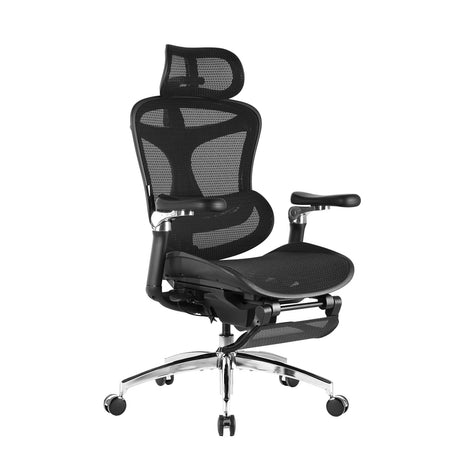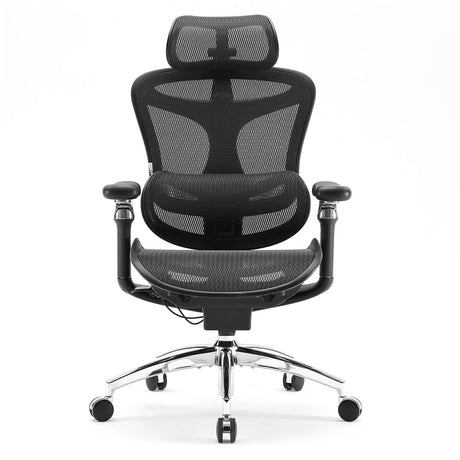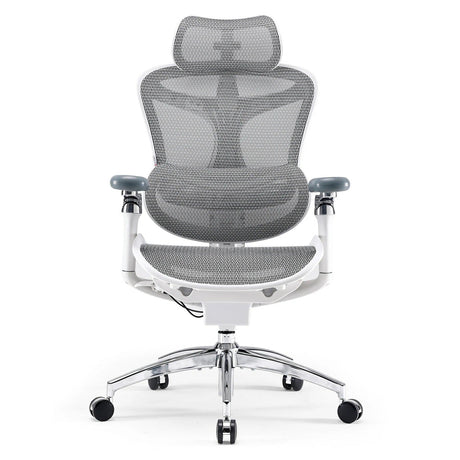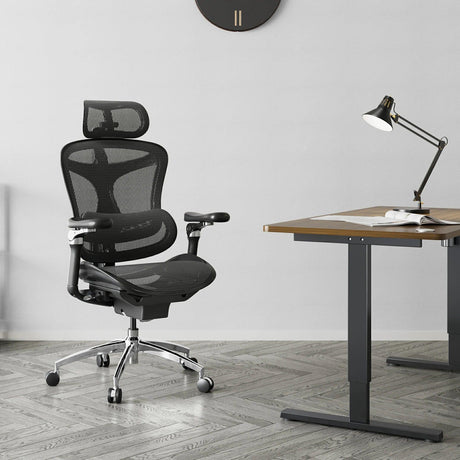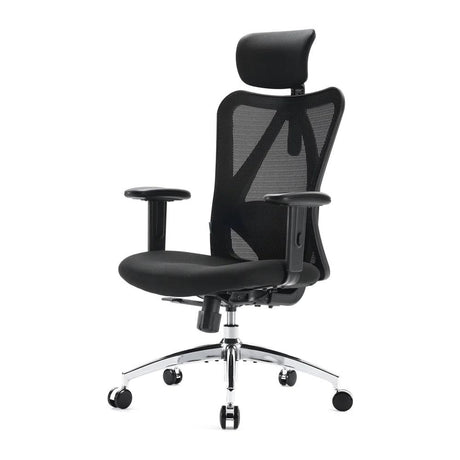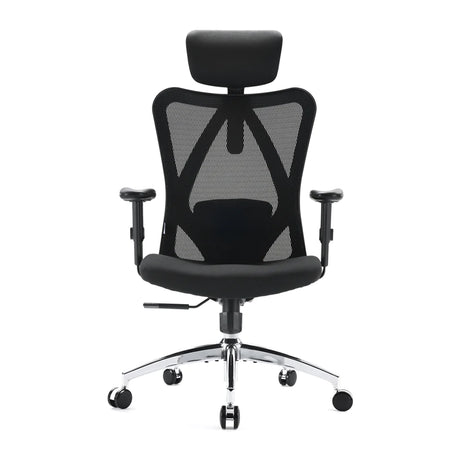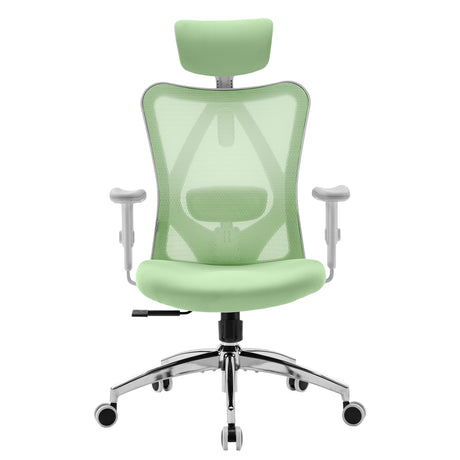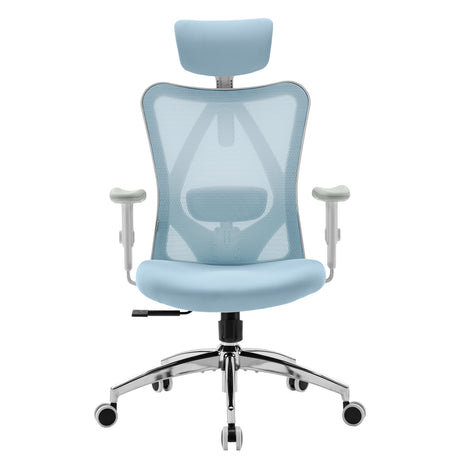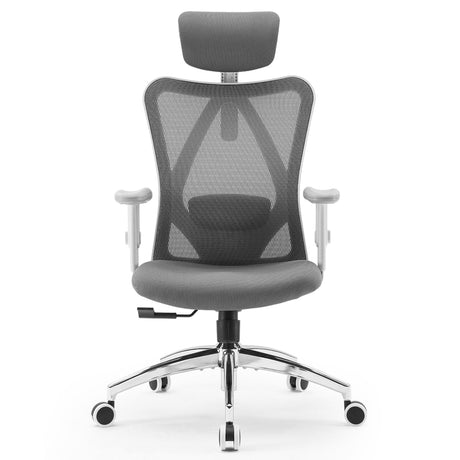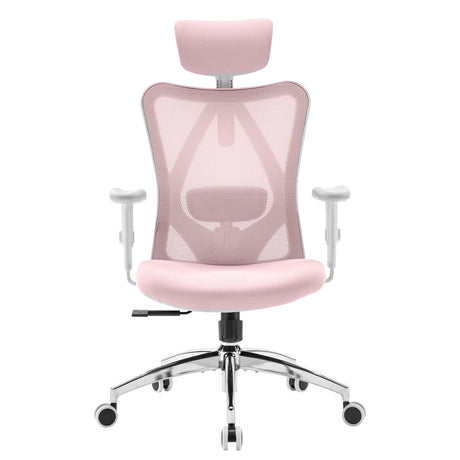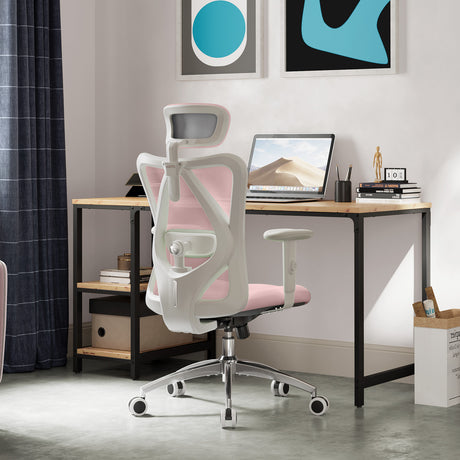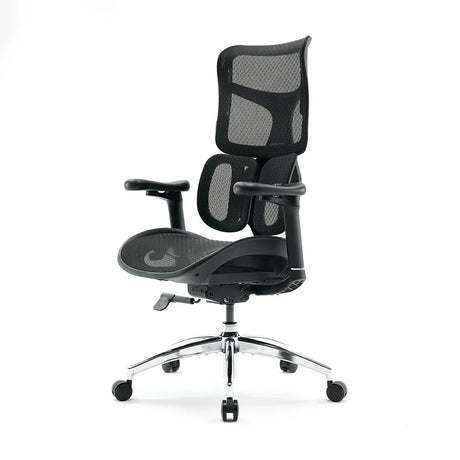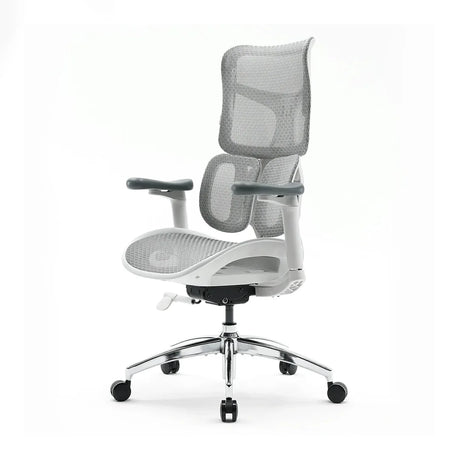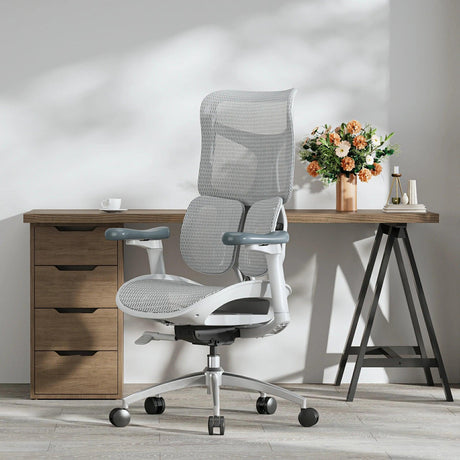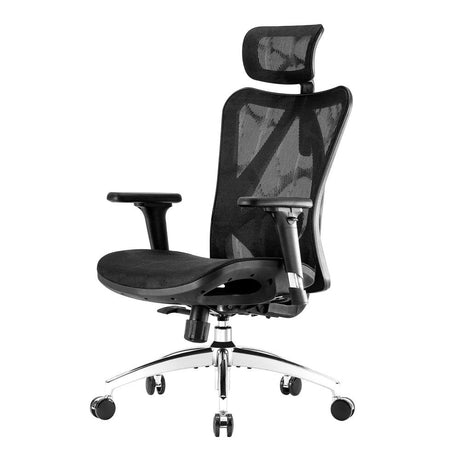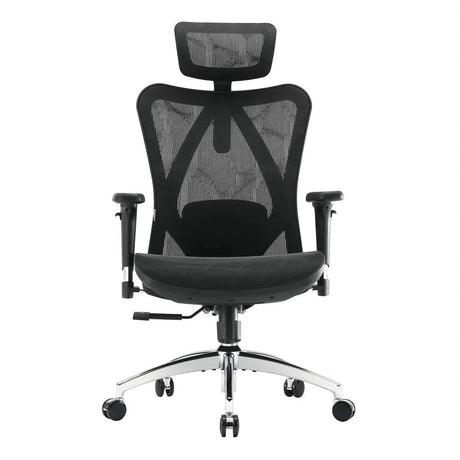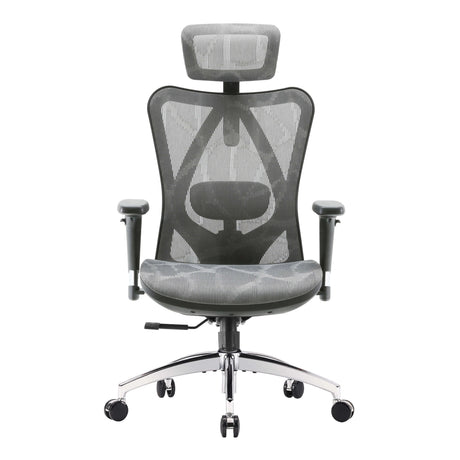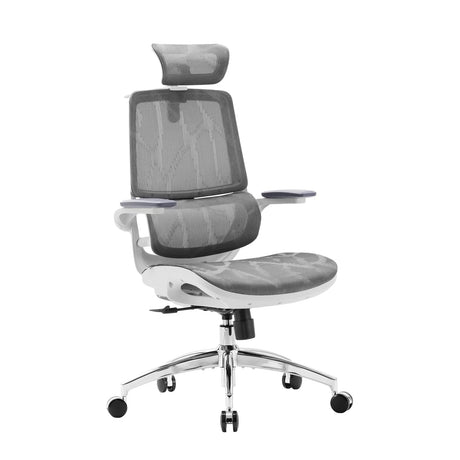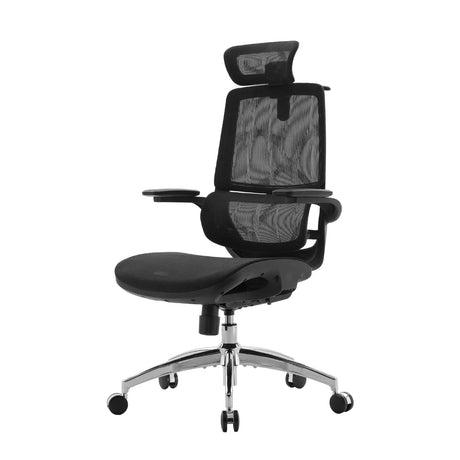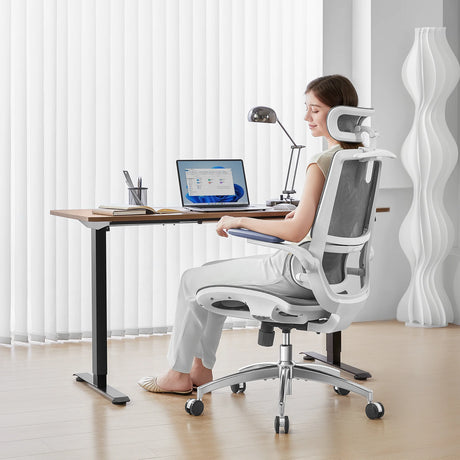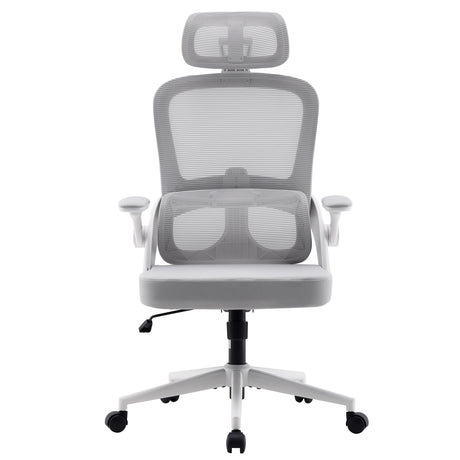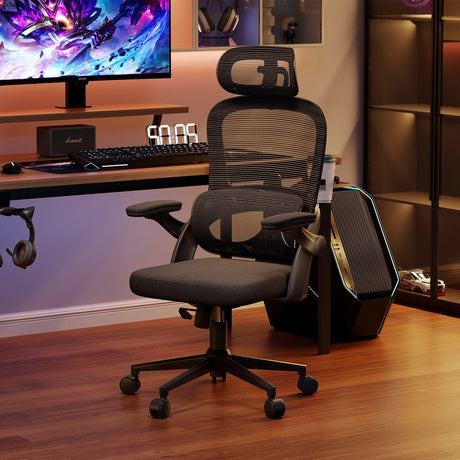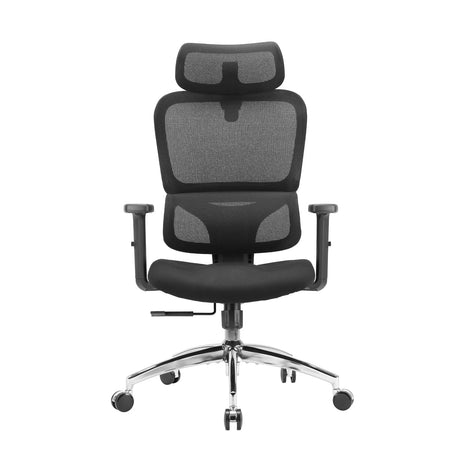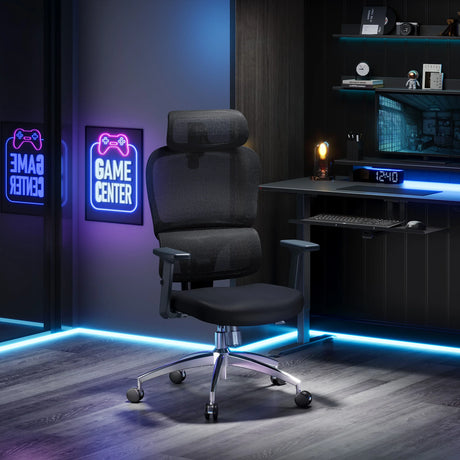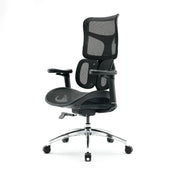Standing desks have rapidly gained popularity in recent years, touted as a solution for the numerous health risks associated with sitting for extended periods. While standing desks are indeed an excellent way to break free from a sedentary lifestyle, simply using one without taking a few important factors into account can lead to discomfort or even injury. Whether you’ve just switched to a standing desk or are still considering one, here’s what you need to know to make the most out of your new setup and avoid common pitfalls.
Correct Desk Height: Your Key to Comfort
The first thing you need to ensure when using a standing desk is that your desk is at the right height. The goal is to maintain a neutral posture that minimizes strain on your back, neck, and wrists.
Elbow Position: When standing, your elbows should be at a 90-degree angle, or slightly obtuse, with your forearms parallel to the ground. If your desk is too high, it can cause your shoulders to shrug up, leading to neck and upper back tension. If it’s too low, you may have to bend your wrists or hunch forward to reach the keyboard.
Eye Level: Your monitor should be at eye level, with the top of the screen around or slightly below your eye line when you’re standing upright. This prevents you from leaning forward or looking down, which can strain your neck over time.
Footwear Matters: Choose Comfort Over Style
When standing for long periods, your feet are supporting your body’s weight, so it’s crucial to wear the right shoes. Avoid standing in flimsy sandals or shoes with little support. Opt for shoes that provide cushioning, support your arches, and are comfortable for extended wear. This will help reduce fatigue in your legs and lower back.
Anti-Fatigue Mats: Consider using an anti-fatigue mat to cushion your feet and reduce strain on your legs. These mats are designed to encourage subtle movements in your legs, which can improve circulation and reduce discomfort.
The Right Posture: Stand Tall, But Don’t Lock Your Knees
Good posture is essential when using a standing desk. While it may be tempting to slump or lean to one side, maintaining an upright stance is key to avoiding pain or injury.
Engage Your Core: Try to stand tall with your core slightly engaged, so that your spine remains neutral and stable. Avoid locking your knees, as this can reduce circulation and lead to discomfort or even dizziness. Keep a slight bend in your knees to promote better blood flow.
Alternate Your Weight: Shift your weight between both legs regularly. Standing in the same position for too long can cause muscle fatigue and discomfort. Moving your weight from one foot to the other helps distribute pressure more evenly across your body.
Take Regular Breaks: Movement is Essential
While standing desks can help mitigate the risks of sitting, they don’t eliminate the need for movement. In fact, standing for too long without moving can cause its own set of problems, such as increased pressure on your lower back and leg fatigue.
Schedule Breaks: Stand up for a period, then sit down for a bit, and alternate between the two throughout your workday. A good rule of thumb is to stand for 20-30 minutes every hour and take breaks every 60-90 minutes. During these breaks, try to stretch, walk around, or do some simple exercises to get your blood circulating.
Use a Timer: It can be difficult to remember to take breaks or alternate between sitting and standing. Use a timer or app to help remind you to move around.
Use a Footrest for Added Comfort
If standing for extended periods feels tiring, a footrest can help. A small footrest allows you to elevate one foot at a time, which takes some of the pressure off your legs and reduces fatigue. You can alternate feet on the footrest to shift your posture and prevent stiffness.
Monitor Placement and Viewing Distance
When setting up your standing desk, it’s important to ensure that your monitor is positioned correctly for optimal ergonomics. Keep the screen at least an arm's length away from your eyes, and ensure that it is tilted slightly upward to avoid neck strain. This will help you maintain an appropriate viewing distance and angle, preventing eye strain and neck discomfort.
If you use dual monitors, consider angling them slightly to avoid excessive twisting or turning of your head. This can reduce neck strain and improve overall posture.
Keyboard and Mouse Placement: Ergonomics at Your Fingertips
Just as you need to adjust your desk height, your keyboard and mouse should be positioned in a way that supports proper wrist alignment.
Keyboard: Place your keyboard directly in front of you, with your forearms parallel to the ground. If you use a separate numeric keypad, position it to the side at the same height to avoid unnecessary twisting of your wrists. A split or ergonomic keyboard can also help reduce strain on your wrists and hands.
Mouse: Your mouse should be placed at the same level as your keyboard and within easy reach. Avoid reaching too far to one side, as this can strain your shoulder and wrist. If you use a mouse for long periods, consider using a vertical mouse or one with ergonomic features to reduce wrist strain.
Lighting: Don’t Forget to Adjust Your Environment
Proper lighting is often overlooked when setting up a standing desk, but it can make a big difference in your comfort level. Make sure your workspace is well-lit, especially if you’re standing for long periods. Proper lighting can help reduce eye strain and prevent headaches.
Avoid Glare: Position your monitor to avoid glare from windows or overhead lights. Glare can force you to squint or lean forward, which can lead to neck and eye strain.
Gradual Transition: Don’t Go From Sitting All Day to Standing All Day
If you’re new to standing desks, it’s important to ease into the habit of standing. Transition gradually by standing for short periods (10-15 minutes) and slowly increasing your standing time as your body adjusts. This will give your muscles time to adapt and help you avoid overexertion.
Start Slow: Begin with short standing intervals and gradually build up to longer periods of standing as your endurance improves.
Personal Comfort: Tailor Your Setup
Finally, remember that every person’s body is different. What works for someone else may not necessarily work for you. Feel free to experiment with your standing desk setup to find what’s most comfortable. This might involve adjusting the height of your desk, chair (if you have a sit-stand desk), or adding accessories like a footrest or anti-fatigue mat.
Conclusion
Standing desks are an excellent tool for improving health and productivity, but they come with their own set of considerations. By paying attention to desk height, posture, footwear, and movement, you can maximize the benefits of standing while minimizing the risks of discomfort or injury. With the right setup and mindful practices, a standing desk can become a powerful addition to your ergonomic workspace.
So, take your time in adjusting your standing desk setup. Don’t forget to move, stretch, and give your body the care it needs to thrive in this more dynamic working environment!

